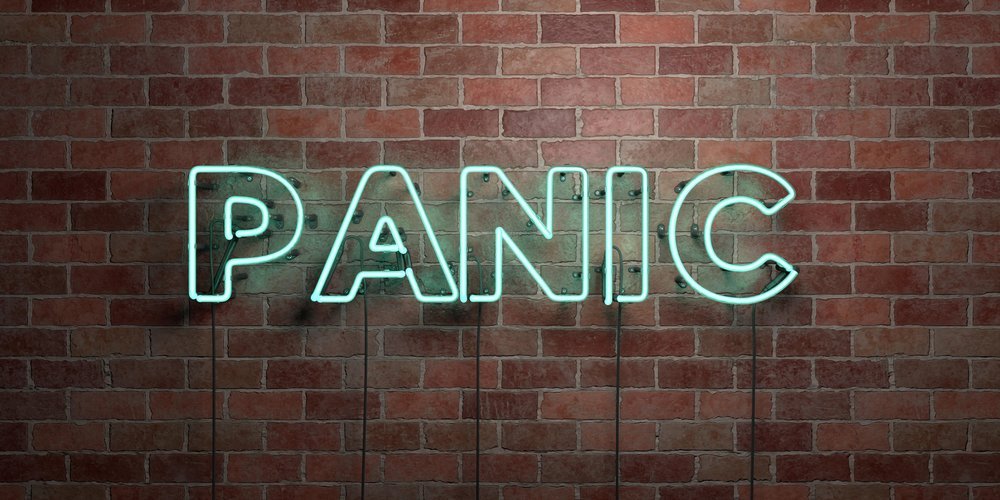The physiology of panic.
When teaching hypnobirthing I dedicate a great deal of time to the effects of anxiety and panic on the body. This is because it is important for the parents-to-be to understand the panic/pain cycle and how the freeze, fight, flight system affects and slows labour.
I know that a calm mother will generally have an easier labour. That how she mentally responds during the process certainly influences how she subsequently will feel about her labour and birth.
I often say to my clients that what it takes to get baby ‘in’ is exactly what it takes to get baby ‘out’. The positive hormones and responses required to feeling safe, loved, calm and confident. When we feel out of control and scared the body processes this in a different way to the calm and happy response.
It is therefore helpful to know what is happening in the brain when we lose control and start to panic.
The human brain is divided into separate parts with distinct roles. When we receive sensory information this is sent to two parts of the brain – the cortex and the amygdala (The cortex is divided into four different lobes, the frontal, parietal, temporal, and occipital, which are each responsible for processing different types of sensory information). Now consider the amygdala to be the security officer of your brain and the cortex to be the calm and logical part. Now the amygdala has the ability to respond quicker to sensory information and by doing so can over-ride the cortex. Simply put, it gets first dibs on deciding whether you should be panicking about something or not.
Interestingly you cannot have the pre-frontal cortex and the amygdala switched on at the same time. One turns the other off. If you are calm and logical you are not panicking, if you are panicking you are not logical. For the amygdala this is about protection. It reduces the person to black and white thinking. If you were being chased by a lion, or dealing with an accident or emergency this is incredibly fast and effective. You shift into your sympathetic nervous system and survival becomes your main aim. Oxygen rich blood is diverted to your arms and legs, to fight or run, your blood thickens allowing for better clotting should you suffer injury. Your mind is no longer open to debate as this could endanger you by slowing you down.
When we panic the amygdala won’t allow the cortex to think subtly and give the bigger picture. It forces it into dramatic either/or situations. It could even be said that the more emotional we are the more stupid we become, for in terms of the brain we cannot be emotional and intelligent at the same time.
Problems in labour and birth can arise because your uterus and stomach are of no interest to your survival when panic has been triggered - thus the oxygen rich blood is reduced. This is why we have the saying, ‘I was so scared I sh*t myself’. In those people who suffer from anxiety on a daily basis we see high instances of IBS. In labour this is reflected in the slowing down and pausing of labour surges and an interruption in the flow of positive hormones such as oxytocin and endorphins.
Birth is really a very simple act. We have become bogged down with fear, misinformation and information over-load so that evidence is scrambled through the lens of feeling and worry. It is a simple mammalian act in a world of fact, propriety and reason.
Hypnosis for birth is hugely beneficial in teaching the mother how to calm the mind, calm the amygdala and remain in control of how she responds to her labour and birth. It teaches the birth couple coping skills required to navigate birth either at hospital or at home in a calm and measured way.
When we use relaxing breathing and self-hypnosis it lowers anxiety, removes black and white thinking and allows for clearer, calmer decision making. It is a fantastic investment and practised well can make a huge difference to a women’s birth experience.
So in my very best hypnotherapeutic voice please now hear me say ‘You are calm, confident and relaxed….for that is the very best way for you.’…

